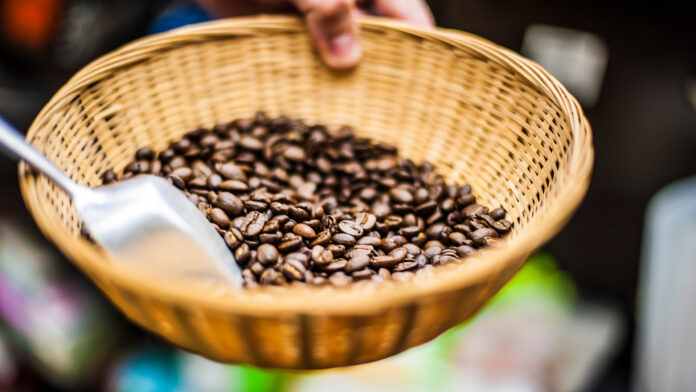Coffee production is significant in the Philippines. In fact, the country ranked 4th as the largest exporter of coffee worldwide in the late 1800s. The Philippines is capable of producing four major types of coffee beans, namely: Arabica, Liberica (Barako), Excelsa, and Robusta given our climate and geography.
Being a “coffee-belt” has put the Philippines in the coffee-producing game, however, our farmers do not get enough support from the government. Farmers need the right technology and machinery as much as they need capital. We need to produce quality coffee beans so we can demand a higher price.
Setting aside the international market, the Filipino’s love for coffee is undying. However, the local coffee industry can’t even meet local demands. Today, most coffee found in the market is imported from neighboring countries.
Coffee consumption in the country has increased with the rise of cafes but production has simultaneously declined. In data released by the Philippine Statistics Authority (PSA), coffee production declined by 3.51 percent each year from 2006 to 2015.
From producing 52, 047 tons of Ground Coffee Beans in 2006 to only 36,171 tons in 2015, we were not able to sustain the coffee industry due to a lack of support.
Coffee takes about three to four years to harvest. Most farmers belong to the marginalized sector. Working for three to four years without profit or income is impractical which led most farmers to yield faster-growing crops like corn, coconut, sugarcane, among others.
Farmers are slowly leaving the coffee industry especially at the height of the pandemic. Productions are delayed, orders are canceled, and areas under lockdown simply can’t operate. These areas have most of the coffee distributors.
The Department of Agriculture together with the private sector are working to bring back the glory of the Philippine coffee industry. But with the pandemic still lingering and the vaccine being out of sight, there is only so much that can be done to help our farmers.


